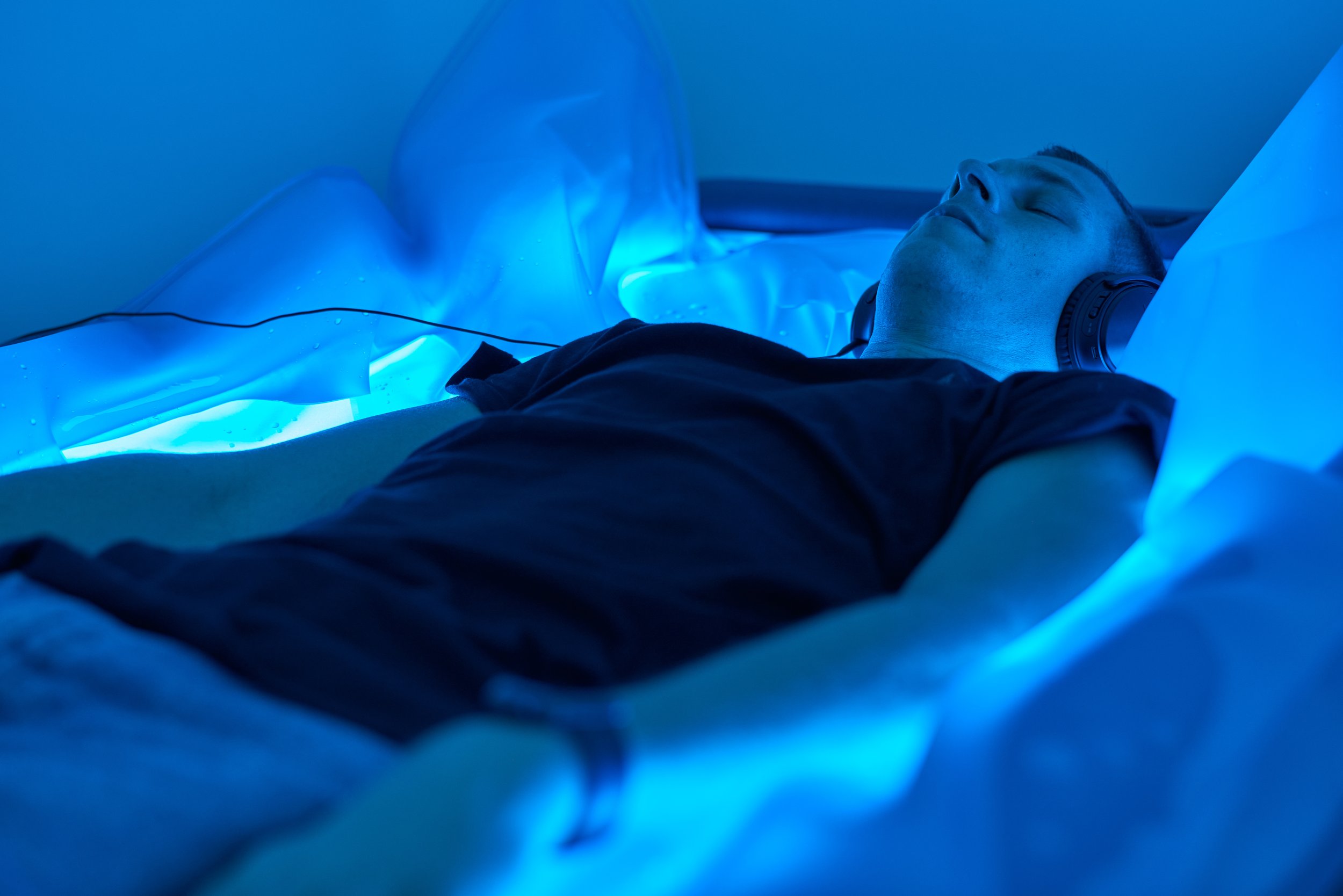
The History of Flotation
How flotation got its start
The history of Floatation-Rest, also known as float therapy or sensory deprivation therapy, has its roots in the 1950’s with the pioneering work of Drs. Jay Shurley and John Lilly at the National Institute of Mental Health. Their aim was to explore how the brain responds when deprived of external sensory input. Early experiments involved participants being immersed in tanks of water with various methods to block out sensory stimuli, such as wearing masks. Dr. Shurley's creation of the first fully immersive float tank in 1957 marked a significant milestone in the development of this therapy. This tank, situated in his Oklahoma City Veterans Administration hospital laboratory, required participants to be immersed vertically in water, with a helmet providing ventilation.
In the 1970’s, Glenn Perry and John Lilly developed a more user-friendly horizontal version of the float tank. This design, which allowed participants to float effortlessly in a shallow pool of Epsom salt-saturated water, proved to be more comfortable and accessible. With this innovation, float therapy became more appealing to a broader audience.
However, despite these advancements, some individuals still found traditional float tanks too confining and claustrophobic. This led to a period of dormancy for float therapy until recent years. In the past decade, there has been a resurgence of interest in float therapy, fueled by the development of more spacious tanks and pools, as well as innovations like the Zerobody.
Zerobody represents the latest evolution in floatation wellness technology. It eliminates many of the barriers associated with traditional float tanks, such as the need to disrobe, wear a breathing apparatus, or fully submerge oneself. With Zerobody, the floatation experience is as simple as lying down and letting go, offering a profound sense of relaxation and stress relief by freeing individuals from the constraints of gravity and external stimuli.
Sources:
https://www.ncbi.nlm.nih.gov/pmc/articles/PMC8193533/
journals.plos.org/plosone/article?id=10.1371/journal.pone.0190292
pickenstech.org/blog/pickens-technical-college-esthetician-pathway-could-dry-flotation-disrupt-the-industry/
people.com/health/we-tried-it-dry-flotation-treatment/
